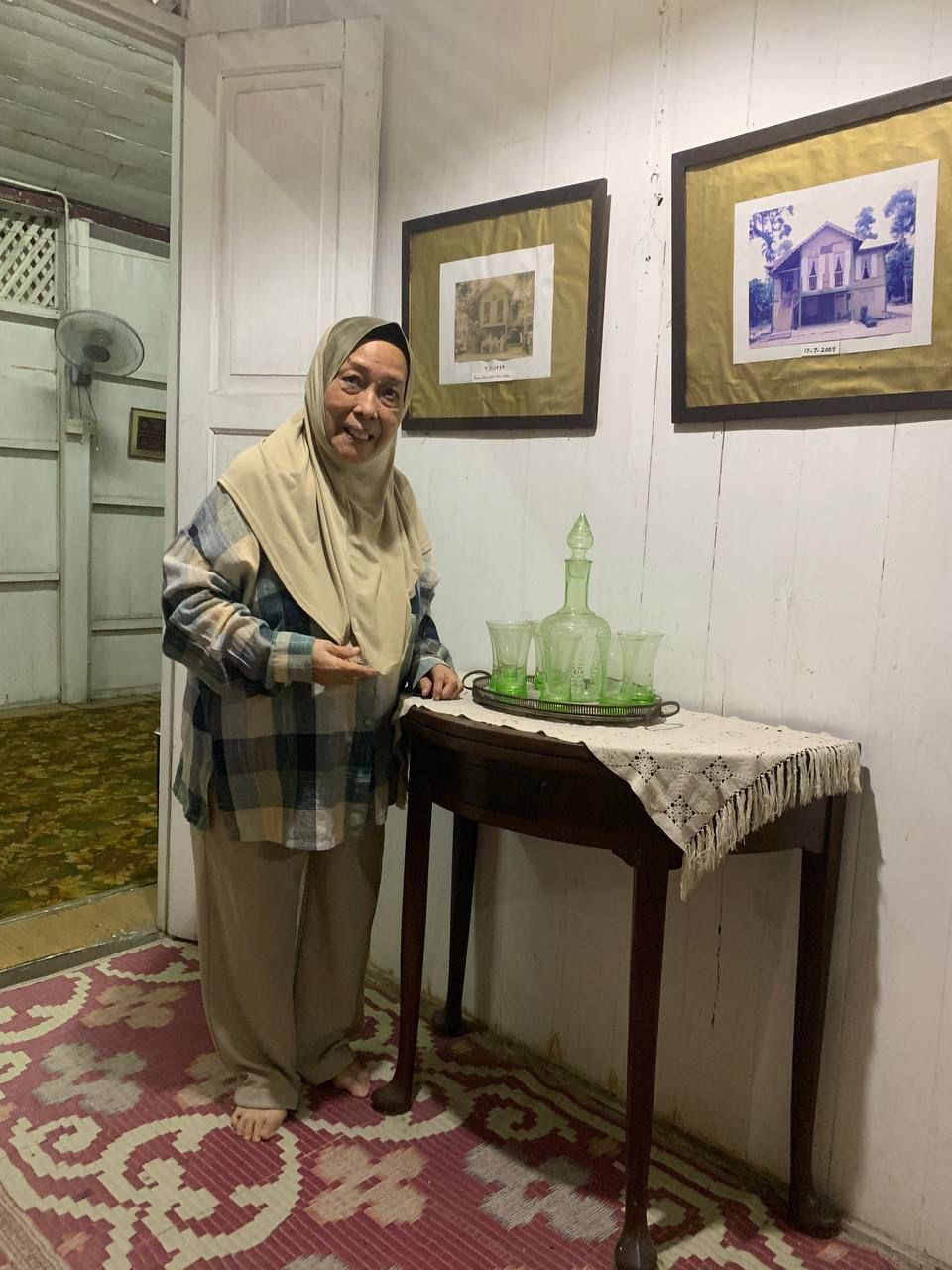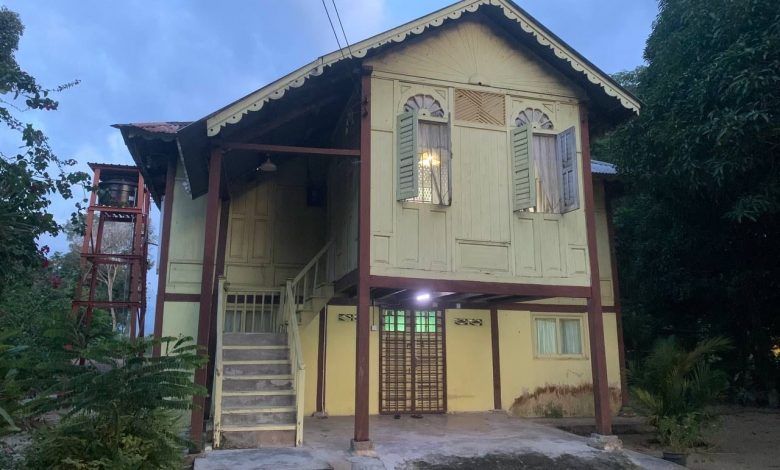

By Aida Aziz
IPOH: The highlight on lineage and leaders in the Mandailing community was mostly centered on Papan, Pusing before, especially the grand residence of Raja Bilah.
The existence of the over 130-year-old yellow house at No.7, Batu 9, Jalan Ipoh, Chemor, serves as significant evidence that the Mandailing descendants have had a presence in the area for a long time.
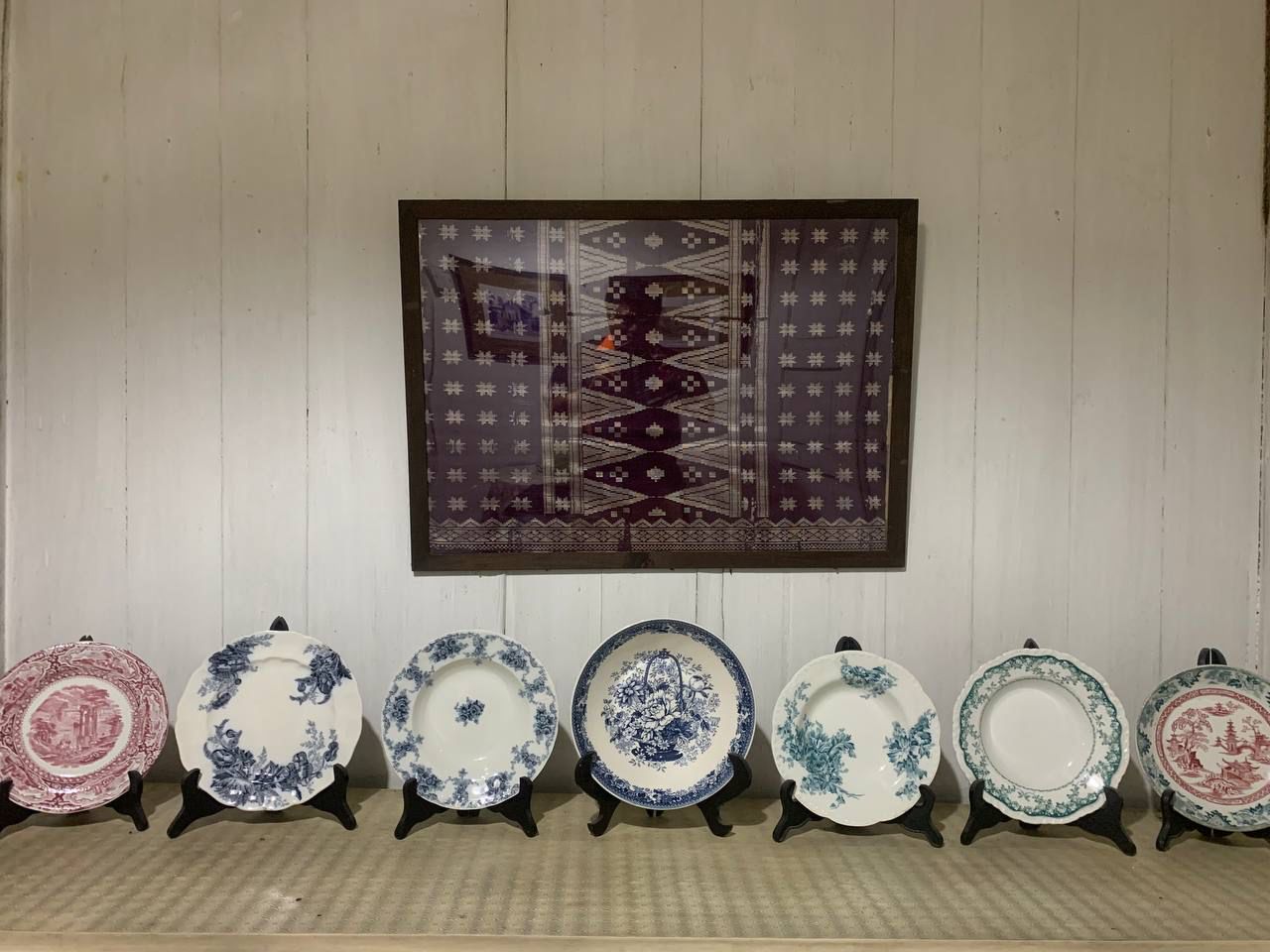

In fact, the grand residence of Raja Bilah and the yellow house are indirectly connected from a historical and familial perspective.
Elaborating on this, Secretary of the Perak Heritage Association, Nor Hisham Zulkiflee, stated that the historic house was built in the 1890s.
Chemor was one of the main settlements of the Mandailing community in Perak, besides the Batang Padang, Kinta, and Larut Matang regions.
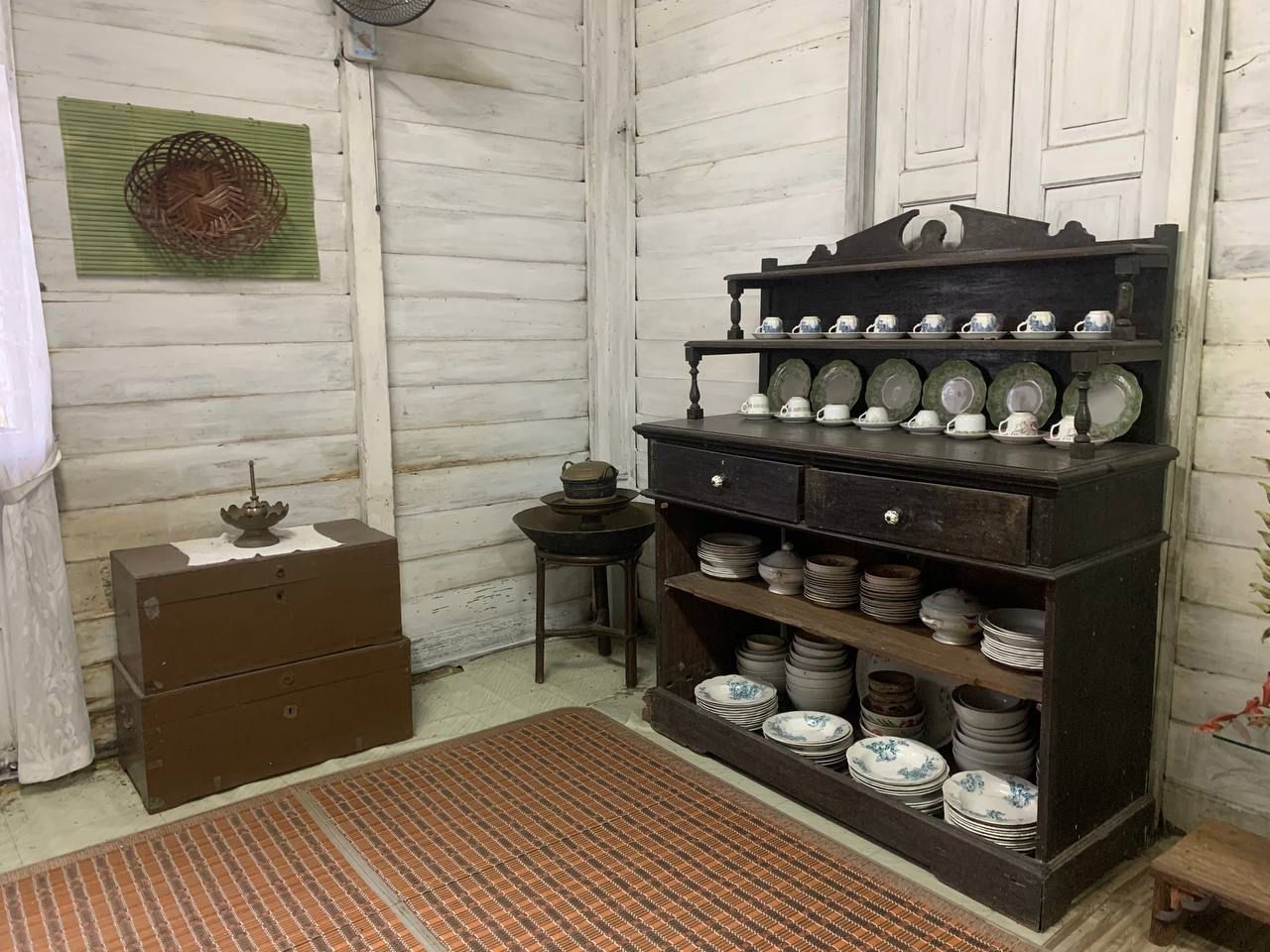

“Not many present the history of Chemor. The name Chemor is derived from the Perak dialect, meaning ‘contaminated,’ suggesting that the elephant trail through the muddy settlement at that time led to its contamination, hence the name Chemor.
“This house is a heritage house built by Muhd Noor in the 1890s, pioneering the development of Chemor.
Muhd Noor’s father-in-law was Raja Abdul Rahman, the brother of Raja Bilah. Therefore, his father-in-law was a significant figure in the progress of Chemor.
The development in Chemor at that time coincided with Papan but was slightly delayed. It also had connections to tin mining and agriculture,” he explained recently.
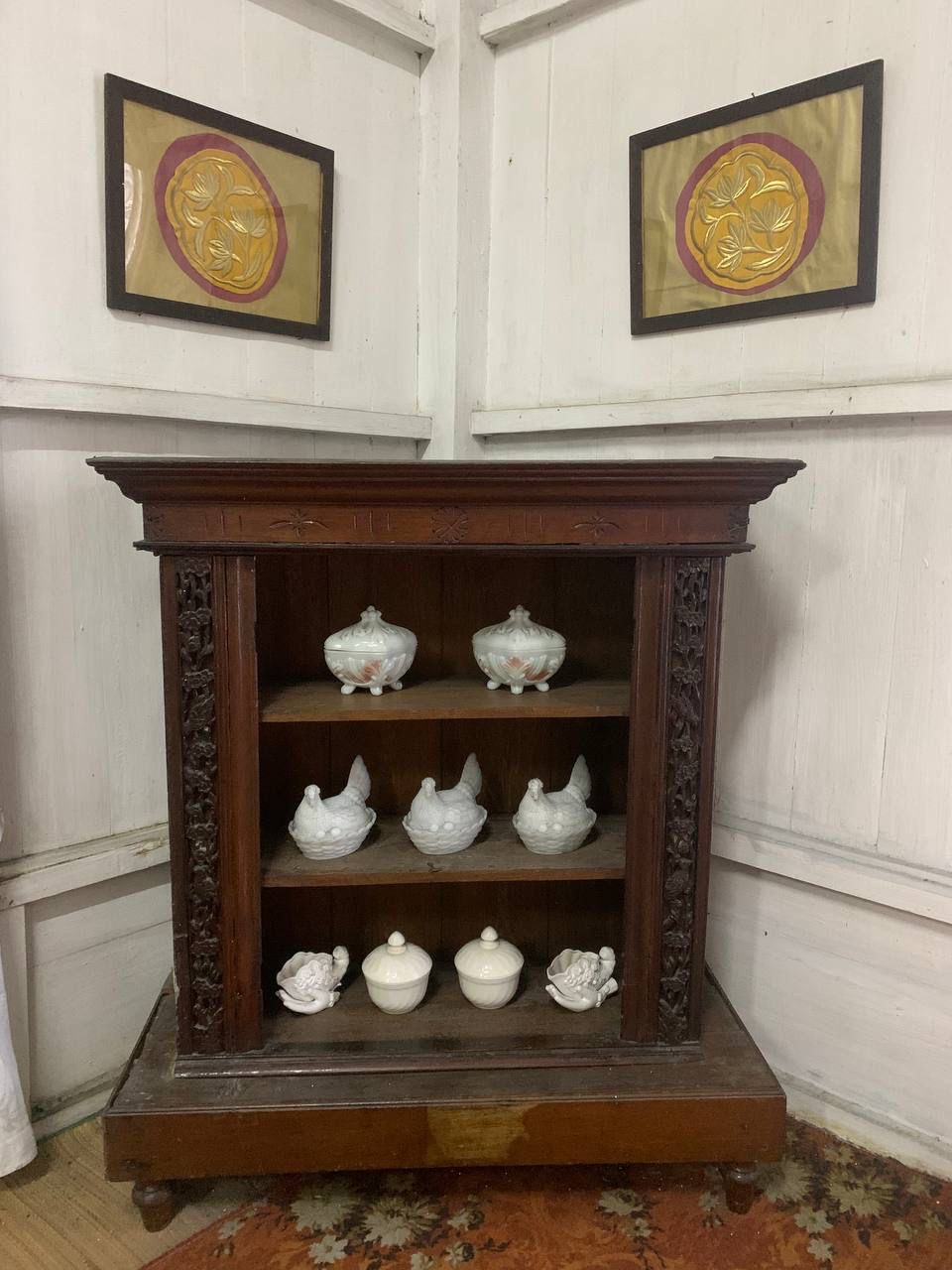

He mentioned that Batu 9 was formerly known as Kampung Mandailing and was once nicknamed Desa Jabolga after the Mandailing leader who migrated from Sumatra to the Malay state and founded the village.
Now, the house is still occupied and inherited by his granddaughter, Nadimah Mohd Jamil, 78, who also maintains a collection of items closely related to the Mandailing community in the house.
Among them are tekat collections over 100 years old, plates and bowls, and the family’s historical background in developing Chemor.
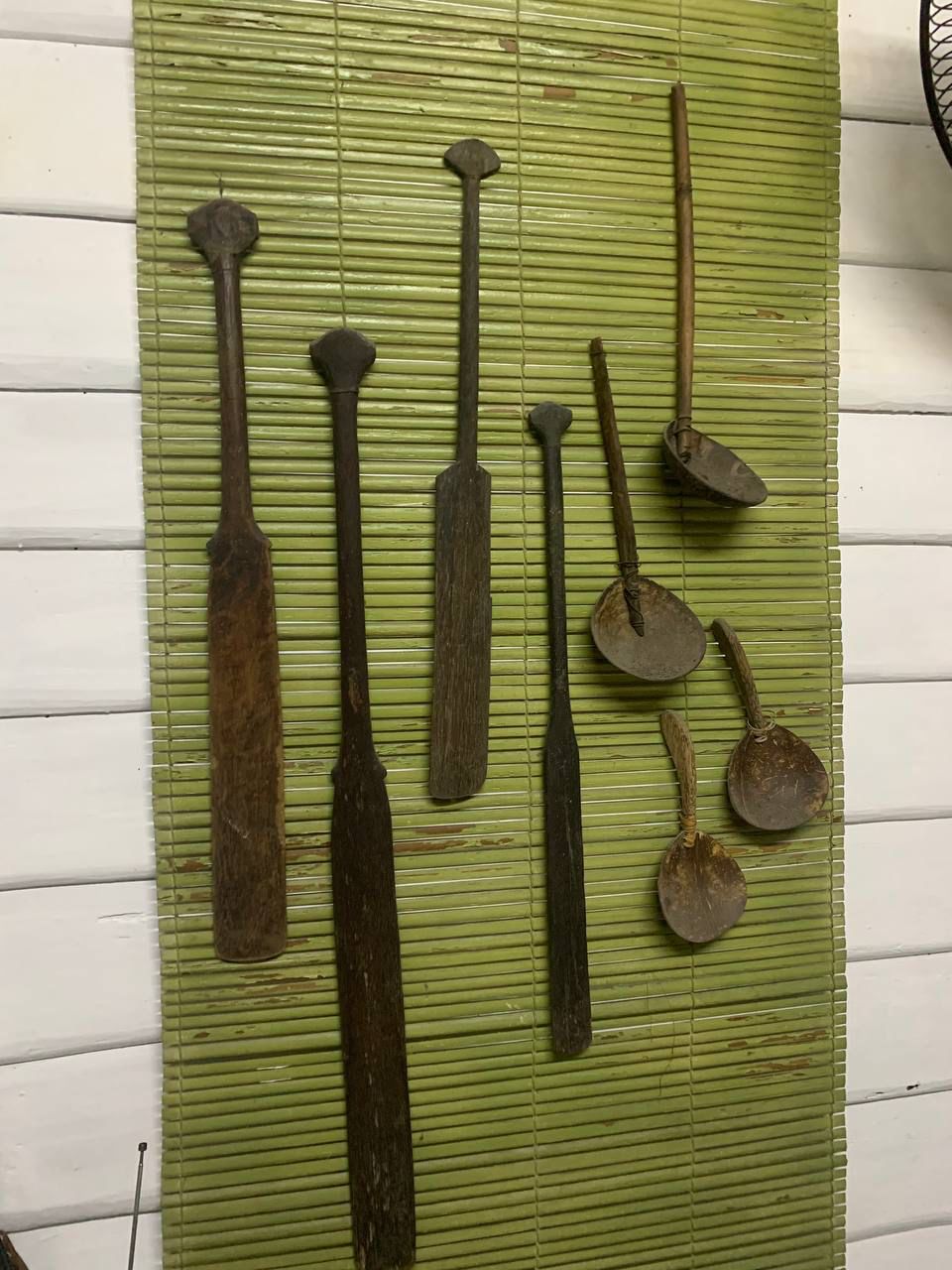

Nadimah said that she used to work in Kuala Lumpur and frequently returned to Perak to take care of the heritage house, but now she resides there.
She is also knowledgeable about recipes and traditional Mandailing dishes.
She hopes that the house can be utilized by the community, and those interested are welcome to contribute to preserving this heritage-rich house.
Meanwhile, Nor Hisham emphasized that the house should be turned into a ‘living gallery’ so that it does not fade away in the future, as has happened in many locations before.
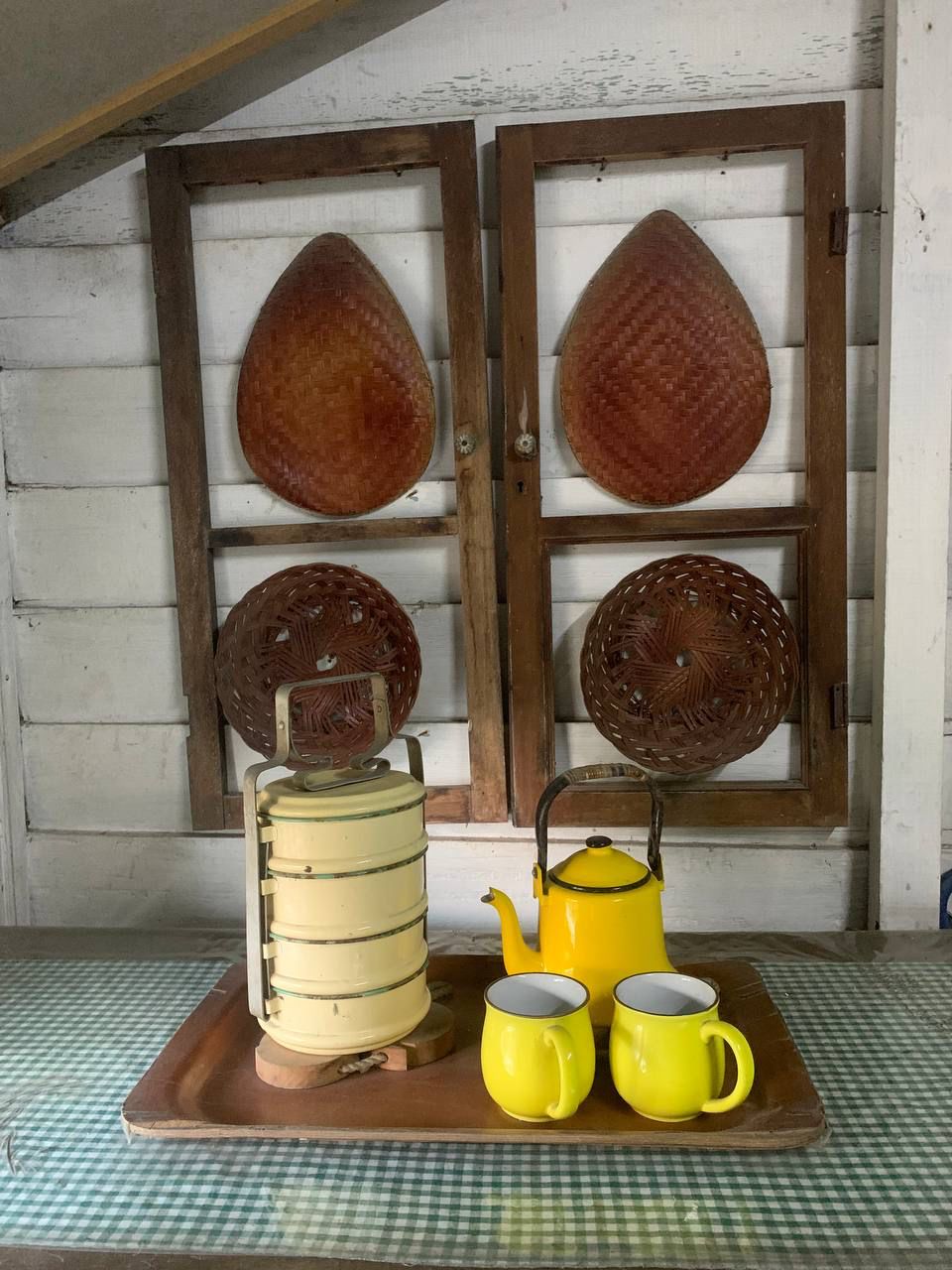

“As we are aware, Kampung Mandailing in Batu 9 itself has lost its identity, and there are not many families of the Mandailing community residing there.
“Ms. Nadimah has also sought opinions and advice; we also hope that the house can be opened and visited by heritage enthusiasts.
Perhaps there are authorities who can come forward to assist in preserving this heritage. Recently, Universiti Teknologi Mara (UiTM) Seri Iskandar has expressed interest in documenting the heritage of these yellow houses,” he said.
